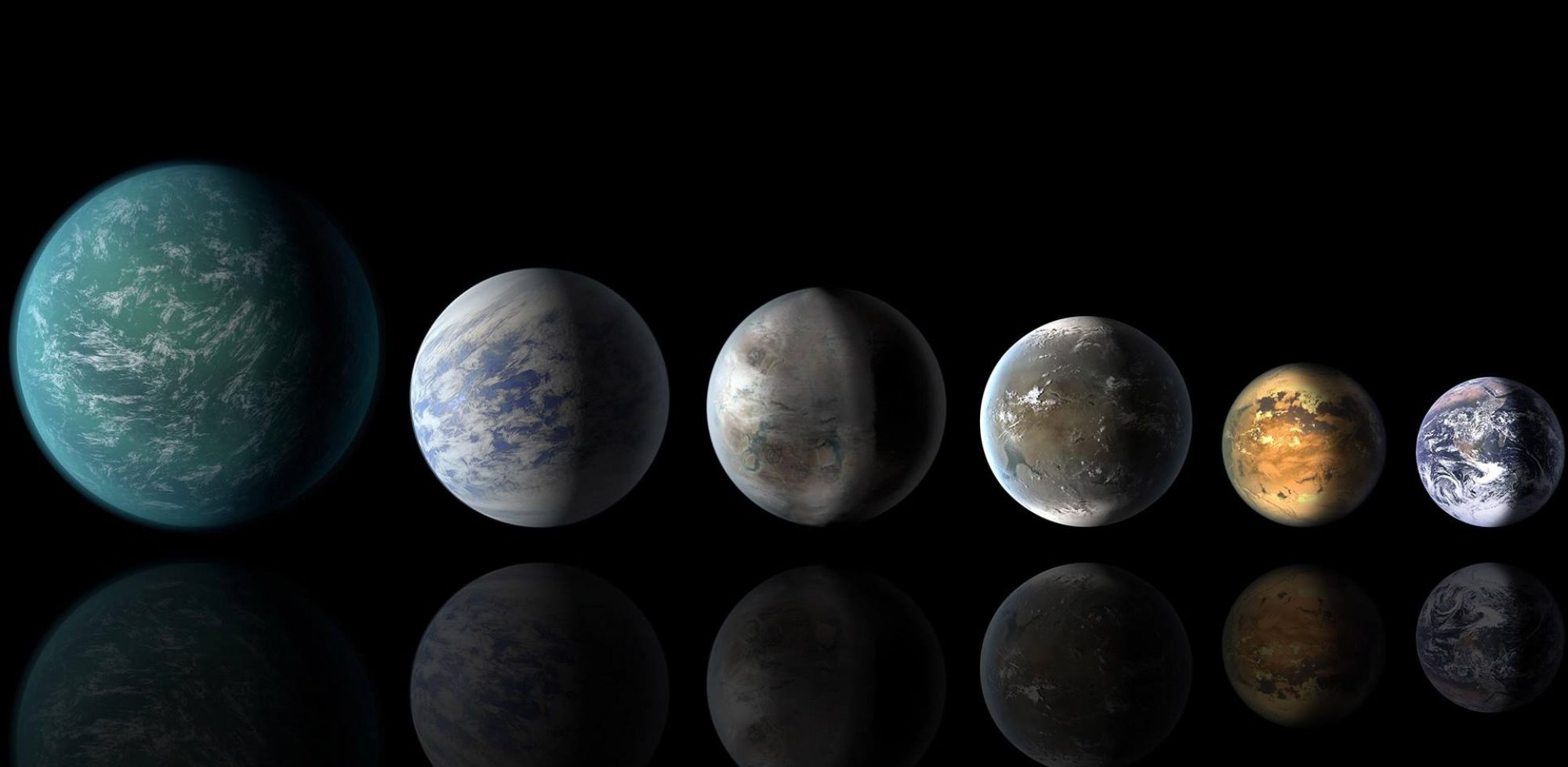As we grow more ambitious in our desires to see further and more precisely in space, the need for larger and larger telescope mirrors becomes inevitable. Only with collection of significantly more photons by a super large mirror can the the quality of the "seeing" significantly improve. The largest mirror in space now is the …
Continue reading "Why Not Assemble Space Telescopes In Space?"
